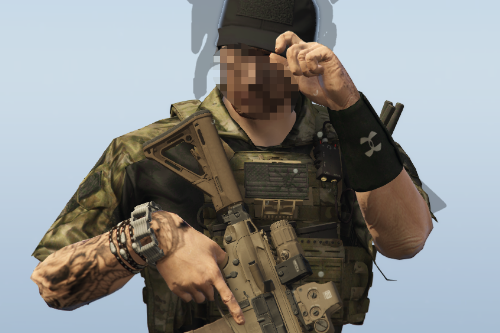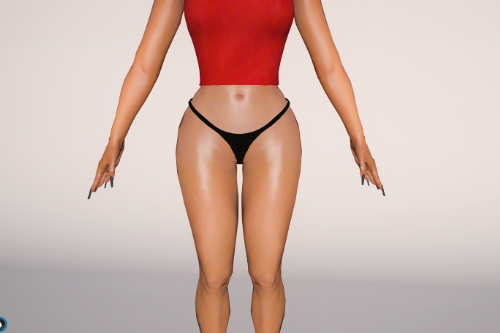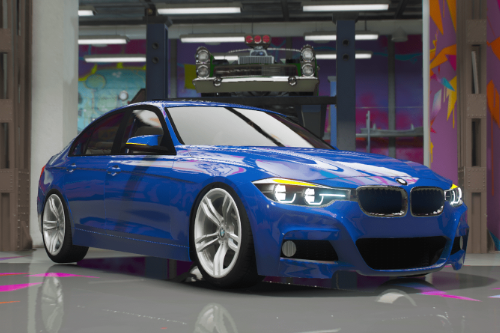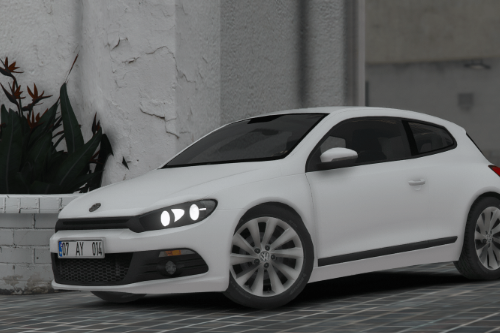Featured Files
See All
Vom Feuer Service Pistol (Pack) [Add-On | Animated | Tints | Lore-Friendly]
1.0
By HeySlickThatsMe
![Vom Feuer Service Pistol (Pack) [Add-On | Animated | Tints | Lore-Friendly]](https://img.gta5-mods.com/q95-w550-h275-cfill/images/vom-feuer-service-pistol-pack-add-on-animated-tints-lore-friendly/9787d1-Title-min.png)
Mitsubishi Lancer Evolution X Final Edition [Add-On / Replace | FiveM | 270+ Tuning | Template]
v1.1
By ElioMinati
![Mitsubishi Lancer Evolution X Final Edition [Add-On / Replace | FiveM | 270+ Tuning | Template]](https://img.gta5-mods.com/q95-w550-h275-cfill/images/mitsubishi-lancer-evolution-x-final-edition-270-tuning-liveries-add-on-fivem-replace/47e4e0-varis-1-min.png)
F-14A Tomcat Iranian Air Force [Add-On | VehFuncs V]
1.0
By SkylineGTRFreak
![F-14A Tomcat Iranian Air Force [Add-On | VehFuncs V]](https://img.gta5-mods.com/q95-w550-h275-cfill/images/f-14a-tomcat-iranian-air-force-add-on/50e265-7.jpg)
Fortnite Emotes in GTA 5
1.0
By Victorch4

![Vom Feuer Service Pistol (Pack) [Add-On | Animated | Tints | Lore-Friendly]](https://img.gta5-mods.com/q95-w170-h60-cfill/images/vom-feuer-service-pistol-pack-add-on-animated-tints-lore-friendly/9787d1-Title-min.png)
![Mitsubishi Lancer Evolution X Final Edition [Add-On / Replace | FiveM | 270+ Tuning | Template]](https://img.gta5-mods.com/q95-w170-h60-cfill/images/mitsubishi-lancer-evolution-x-final-edition-270-tuning-liveries-add-on-fivem-replace/47e4e0-varis-1-min.png)
![F-14A Tomcat Iranian Air Force [Add-On | VehFuncs V]](https://img.gta5-mods.com/q95-w170-h60-cfill/images/f-14a-tomcat-iranian-air-force-add-on/50e265-7.jpg)





![Custom Weapon Damage [.NET] Custom Weapon Damage [.NET]](https://img.gta5-mods.com/q75-w500-h333-cfill/images/custom-weapon-damage/4dafe1-1233.jpg)
![Kenny (TWD: Season 3) [Add-On Ped] Kenny (TWD: Season 3) [Add-On Ped]](https://img.gta5-mods.com/q75-w500-h333-cfill/images/kenny-twd-season-3-add-on-ped/7992d9-thumbnail.jpg)
![[INS2] H&K G3A3 [INS2] H&K G3A3](https://img.gta5-mods.com/q75-w500-h333-cfill/images/ins2-h-k-g3a3/4256d2-0.jpg)



![Dodge Challenger Hellcat Widebody 2021 [ Add-On / FiveM | Animated | Tuning ] Dodge Challenger Hellcat Widebody 2021 [ Add-On / FiveM | Animated | Tuning ]](https://img.gta5-mods.com/q75-w500-h333-cfill/images/dodge-challenger-hellcat-widebody-2021-add-on-fivem-animated-tuning/b581ea-AboM7sn(1).png)
![Ferrari Vision GT [Add-on | Unlocked | Template] Ferrari Vision GT [Add-on | Unlocked | Template]](https://img.gta5-mods.com/q75-w500-h333-cfill/images/ferrari-vision-gt-add-on-unlocked/7bf0e6-1.png)
![Vom Feuer Service Pistol (Pack) [Add-On | Animated | Tints | Lore-Friendly] Vom Feuer Service Pistol (Pack) [Add-On | Animated | Tints | Lore-Friendly]](https://img.gta5-mods.com/q75-w500-h333-cfill/images/vom-feuer-service-pistol-pack-add-on-animated-tints-lore-friendly/9787d1-Title-min.png)
![F-14A Tomcat Iranian Air Force [Add-On | VehFuncs V] F-14A Tomcat Iranian Air Force [Add-On | VehFuncs V]](https://img.gta5-mods.com/q75-w500-h333-cfill/images/f-14a-tomcat-iranian-air-force-add-on/50e265-7.jpg)
![2015 McLaren 570s [Addon] 2015 McLaren 570s [Addon]](https://img.gta5-mods.com/q75-w500-h333-cfill/images/2015-mclaren-570s-addon/ee432a-6.png)

 5mods on Discord
5mods on Discord